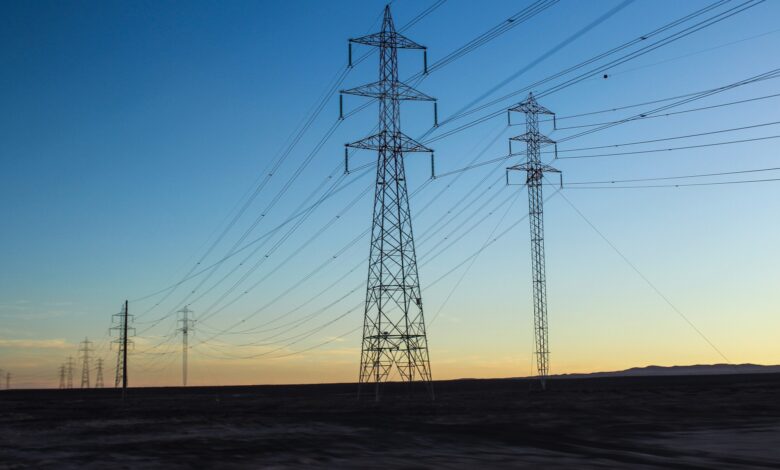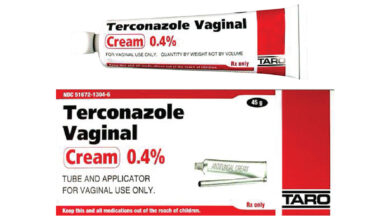Everything You Ever Needed to Know About the Electrical Substation

Before we had the electrical system, people used other methods for power transmission. They used pressurized air, pressurized fluid, and other forms over long distances.
Today, we have substations, allowing us to transmit electrical power across large distances. They solve the issues of different voltage requirements and the distance of generators.
Substations have different purposes in various points of power generation and distribution. Learn more about what an electrical substation is and its uses. Read on and learn more:
What Is an Electrical Substation?
A substation is a group of electrical devices with high-voltage capacity connected in one place. It can control generators, apparatus, electrical circuits, and more.
It’s a key part of the generation, transmission, and distribution of power. Electricity may flow through different substations from the generating plant to the consumer.
Different Types of Substation
An electrical substation has many classifications depending on its use. Let’s take a brief look at each of them below.
Transmission Substation
Transmission substations connect transmission lines. These can either have the same or varying voltage. It allows power to flow over long distances, no matter how far the consumer is from a generator.
The simplest transmission substations have high-voltage switches to allow line connections. These also allow for fault clearance isolation or substation care and maintenance. This way, companies like utilityservice.net can do their work without worrying.
Converter Substation
As the name suggests, this type of substation converts the frequency of current from higher to lower or vice versa. They can also convert AC to DC or the reverse.
Distribution Substation
Distribution substations deliver electric power to industrial and residential consumers. They usually operate at 11 kV/0.4 kV, which may vary in different countries. They are also the typical points of voltage regulation.
Collector Substation
Some distributed generation projects require a collector substation. In areas with multiple power sources, like wind farms, hydroelectric projects, thermal power plants, and more, the substation collects the power flow and distributes it to the grid.
Switching Substation
People may also refer to a switching substation as a switchyard. It’s an important part of ensuring substation safety. If there’s any fault in the system, it isolates the affected portion at the soonest possible time.
A switching substation doesn’t have a transformer. As such, it switches the power line without changing the voltage.
It connects and disconnects transmission lines or other components for various reasons. It can be for substation maintenance, new construction, or else.
Other Classifications of Substations
There are also substations used to step the transmission voltage up or down. There are mobile, mining, railway, industrial, and other kinds of substations. They serve different purposes depending on their role in the power system.
Learn More About Substations Soon
An electrical substation has many roles, ensuring we have electricity at home and in various parts of the world. They’re so efficient even when some transmission lines have to de-energize for maintenance. It allows the power flow to remain uninterrupted for the most part.
Did you find this guide helpful? Read our other posts today.





